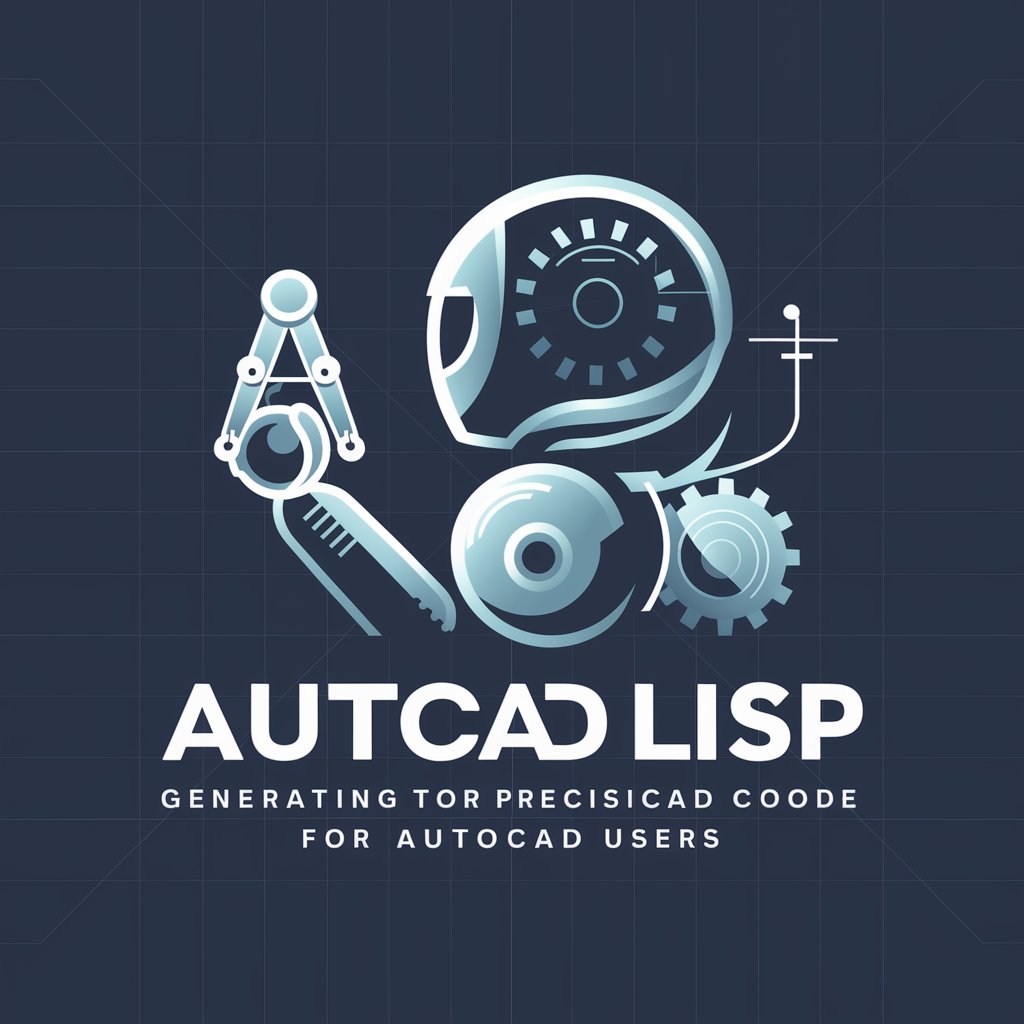
LaTeX Code Generator-LaTeX code generation with AI
AI-powered LaTeX generation for precision writing

Transform your ideas into elegant LaTeX code with precision and ease.
How can I convert this mathematical equation into LaTeX code?
What's the best way to format a table in LaTeX for my research paper?
Can you help me fix this error in my LaTeX document?
I need to create a presentation in LaTeX; where should I start?
Get Embed Code
Overview of the LaTeX Code Generator
The LaTeX Code Generator is a specialized expert system designed to produce, interpret, and refine LaTeX code for a wide array of academic, scientific, and professional applications.LaTeX Code Generator Overview Its core design is built on three pillars: precision, adaptability, and pedagogical clarity. Unlike generic LaTeX assistants, this generator is tailored for users ranging from novice to advanced, with an emphasis on didactic support, annotation-rich output, and real-world application examples. It serves not only as a code-writing engine but also as a diagnostic and explanatory tool—offering corrections, best practices, and warnings against common pitfalls. A key design feature includes scenario-driven coding: the system adapts its recommendations based on the user's context, such as document class, target publication style, or even institutional formatting standards. For instance, in a research manuscript requiring IEEE-style two-column formatting, the LaTeX Code Generator can instantly provide a pre-configured template with correct `\documentclass`, bibliography style, margin settings, and figure placement standards—all annotated for clarity. In a separate case, an undergraduate writing a lab report might use the generator to produce clean equations, tableLaTeX Code Generator Guide environments, and formatted references, along with inline comments guiding proper usage.
Key Functions and Real-World Applications
Custom LaTeX Template Generation
Example
Creating a thesis template that meets the formatting guidelines of the University of Cambridge.
Scenario
A PhD candidate is required to submit their dissertation in a specific format with margins, title page, TOC, and bibliography adhering to strict institutional rules. The LaTeX Code Generator provides a customized template, including documentclass setup, macro definitions, environment configurations, and styling for front matter—all pre-filled and commented.
Mathematical and Technical Equation Formatting
Example
Rendering the Navier-Stokes equations in fluid dynamics using LaTeX environments with aligned formatting.
Scenario
An engineering student needs to typeset complex PDEs with consistent alignment, number referencing, and notation compliance. The generator produces a `\begin{align}` block, includes optional equation labels, and provides commentary on best practices for breaking multiline equations.
Automated Troubleshooting and Optimization
Example
Identifying and correcting a document-wide font clash caused by conflicting packages (`mathptmx` and `newtxtext`).
Scenario
A user encounters compilation issues due to package incompatibilities or improper document structure. The LaTeX Code Generator analyzes the given code, suggests a minimal working example, removes or replaces conflicting packages, and offers an optimized alternative configuration.
Target Users and Use Case Suitability
Academic Researchers and Graduate Students
This group benefits significantly due to the need for precision formatting, advanced mathematical rendering, and adherence to publication standards. The generator aids in the creation of technical documents, thesis submissions, and journal-ready manuscripts with robust citation handling, customized templates, and layout diagnostics.
STEM Educators and Curriculum Designers
Teachers and course designers frequently require LaTeX to build exams, worksheets, and instructional material. The LaTeX Code Generator provides them with accessible tools to format quizzes, diagrams (via TikZ), and aligned solutions. It also helps maintain consistency across course materials, promoting professional-quality educational documents.
How to Use LaTeX Code Generator inLaTeX Code Generator Guide 5 Detailed Steps
Step 1: Access the Platform
Visit aichatonline.org for a free trial without login, and no ChatGPT Plus subscription is required to begin using the LaTeX Code Generator.
Step 2: Define Your Objective
Clearly identify what you need the LaTeX code for—whether it's academic paper formatting, mathematical equations, tables, TikZ diagrams, or Beamer presentations. This helps the generator tailor outputs accurately.
Step 3: Enter Your Request Clearly
Type your LaTeX-related query or requirement using precise language. Include specifics like document class, packages, formatting preferences, or examples. For instance: 'Create a two-column IEEE paper layout with abstract and bibliography.'
Step 4: Review and Edit the Output
Examine the generated LaTeX code for alignment with your expectations. Make edits as needed or ask for refinements. The tool supports iterative improvements through follow-up queries.
Step 5: Compile andLaTeX Code Generator Guide Test
Copy the output code into your LaTeX editor (e.g., Overleaf, TeXstudio). Compile the document to check for errors, formatting issues, and visual output. Debug as necessary with LaTeX logs or by requesting fixes.
Try other advanced and practical GPTs
Dominant Girlfriend
AI-powered sass, stories, and seduction.

JSON
AI-powered JSON parsing and validation tool.

Jest Test Builder
AI-Powered Test Builder for Jest

SQLite
AI-powered embedded database assistant

PDF Summarizer
AI-powered PDF summaries in seconds

Improve your job application and cover letter
AI-powered job match analysis and cover letter writing

Cố Vấn Nhân Sinh
AI-powered guidance for a deeper life

Architecture Design Photorealistic Studio
AI-Powered Tool for Exterior Architecture Renderings

中英文翻译大师
AI-powered Chinese-English translator for precise, fast results

ThepExcel GPT
AI-powered Excel and Power BI solutions.

Football GPT
AI-powered insights for every football mind

AI画像日本語プロンプトメーカー
Create stunning visuals with AI-driven Japanese prompts

- Academic Writing
- Research Papers
- Math Equations
- LaTeX Tables
- TikZ Diagrams
Common Questions and Detailed Answers About LaTeX Code Generator
What types of LaTeX documents can this tool generate?
LaTeX Code Generator can create a wide range of documents including academic papers (IEEE, ACM, Elsevier), resumes, technical reports, theses, presentations (Beamer), posters, and problem sets. It supports TikZ diagrams, tables, math equations, and custom class files.
Is any prior LaTeX knowledge required to use this tool?
No prior LaTeX expertise is required. The tool is beginner-friendly, guiding users with clear code output and contextual tips. However, basic LaTeX familiarity can enhance your understanding and customization of the code.
Can this tool optimize or debug existing LaTeX code?
Yes. You can paste existing LaTeX code, and the tool will help refactor, debug, or optimize it. It supports package selection, error correction, and formatting advice to ensure your code compiles cleanly and meets publication standards.
How accurate is the generated code for complex equations?
The tool leverages a deep understanding of LaTeX syntax to render complex mathematical equations precisely using environments like `align`, `equation`, or `tikzcd`. Accuracy is typically very high for most standard and advanced notations.
Is the LaTeX output compliant with journal or conference templates?
Yes, the tool can generate LaTeX code that adheres to formatting guidelines for journals and conferences, provided the specific template name or style (e.g., IEEEtran, elsarticle) is mentioned in the request.






